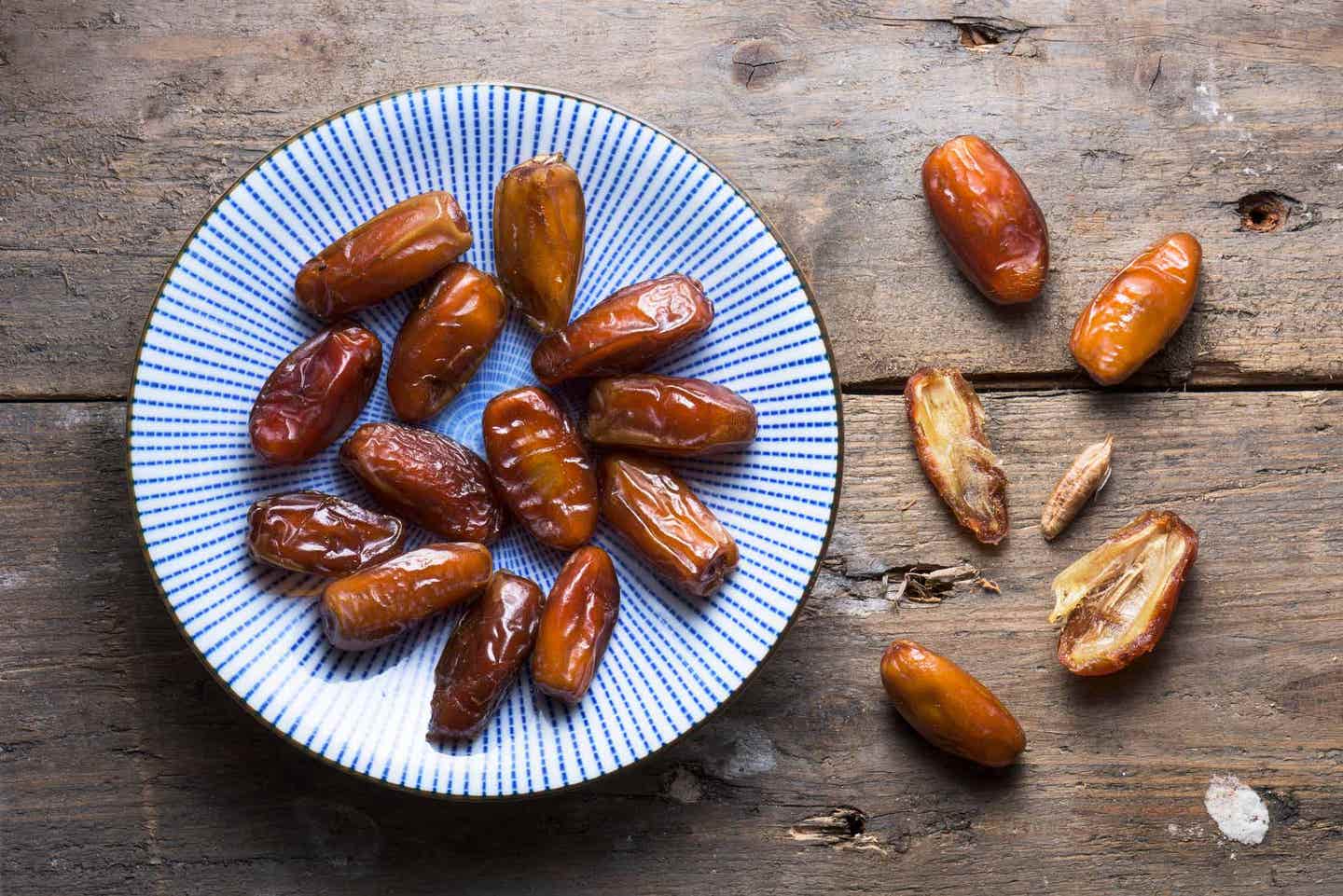Chances are you’ve already got a bottle (or two) of vinegar in your pantry. Here are the best ways to maximize its sour power when you’re cooking.
How do you use vinegar as a seasoning?
Think of vinegar the way you think of salt—as a flavor enhancer— and there’s no end to the ways you can use it to boost, balance, and brighten your cooking. (Bonus: it’s fat- and sodium-free.) Drizzle vinegar over warm roasted vegetables to give them a tangy zing, add a splash to a soup to sharpen its flavors (just as we did in our Creamy Vegan Potato Leek Soup), pour a little into a skillet to deglaze sautéed vegetables, or stir a spoonful into a tomato sauce to highlight the acidity of the tomatoes. Keep a small bottle on the table to shake over roasted potatoes and oven fries (like the Brits do) and make your own vinaigrettes to have at the ready for all types of salads.
How do you make vinaigrette?
“Vinaigrette” is just the culinary term for a sauce made with oil and vinegar. There are lots of delicious ways to ditch the oil in the traditional recipe; this handy guide to oil-free vinaigrettes explains them all.
Can I make my own flavored vinegars and infused vinegars?
Yes! Vinegars infused with fruits, nuts, herbs, and spices are safe and easy to make at home, and no special equipment is required. Flavored vinegars can be made with any type of vinegar, including dark, sweet balsamic.
Basic Flavored Vinegar Recipe
To make your own flavored vinegar, all you need is vinegar plus whatever you'd like to flavor it with. Choose one of the following flavor elements to start out:
- 2 tablespoons crushed or chopped fresh fruit or nuts
- 1 tablespoon ground or crushed flax, hemp, or sesame seeds
- 2 sprigs fresh herbs (such as thyme, rosemary, and oregano)
- 1 tablespoon dried herbs
- 1 piece of citrus peel
- ½ fresh jalapeño chile pepper
Instructions
- Place your chosen flavor element in a clean 12-oz. lidded jar.
- Heat ¾ cup vinegar in a small saucepan over medium-high until just boiling. Immediately pour the vinegar into the prepared jar.
- Cover, cool, and let macerate at room temperature 1 to 3 weeks.
- Strain the infused vinegar through a coffee filter into a clean jar, and store in the fridge for up to 3 months.
Using the basic formula, you can get creative and experiment with different flavor combinations.
What’s the best vinegar to use when?
Vinegars are interchangeable in most recipes, so selecting which one to use in a recipe depends on personal preference—and what you have on hand. The chart below can help you choose.
| VINEGAR | FLAVOR PROFILE |
| Balsamic | Rich and sweet |
| Cider | Full-bodied and fruity |
| Distilled | Clean and tart |
| Malt | Hearty and yeasty |
| Red/White Wine | Tangy and robust |
| Rice | Neutral and mild |
| Sherry | Complex and mild |
| White Balsamic | Mild and mellow |
How is balsamic vinegar different from other vinegars?
Balsamic vinegar is darker and sweeter than other vinegars because of the way it is fermented (from a syrup made of grape pressings or “must”) and aged (several years). When choosing balsamic, read the label carefully; many inexpensive versions have added sugars (sometimes listed as “caramel” or “caramel coloring”) to compensate for shorter aging times.
In a recipe that calls for buttermilk, how do you use vinegar to make a plant-based substitute?
Buttermilk is often used in baking because its natural yogurt-like acids react with baking powder and baking soda to help baked goods rise. To make a plant-based buttermilk substitute, stir 1 tablespoon vinegar into 1 cup plant-based milk. (We recommend soy, almond, or cashew; they will thicken better than rice milk.) Then let the liquid stand 5 minutes until it curdles.

Related News
Get Our Best Price On The Forks Meal Planner

Forks Meal Planner takes the guess work out of making nutritious meals the whole family will enjoy.
SAVE $200 ON OUR ULTIMATE COURSE

Join our best-selling course at a new lower price!



